SUMMARY
This is AI generated summarization, which may have errors. For context, always refer to the full article.
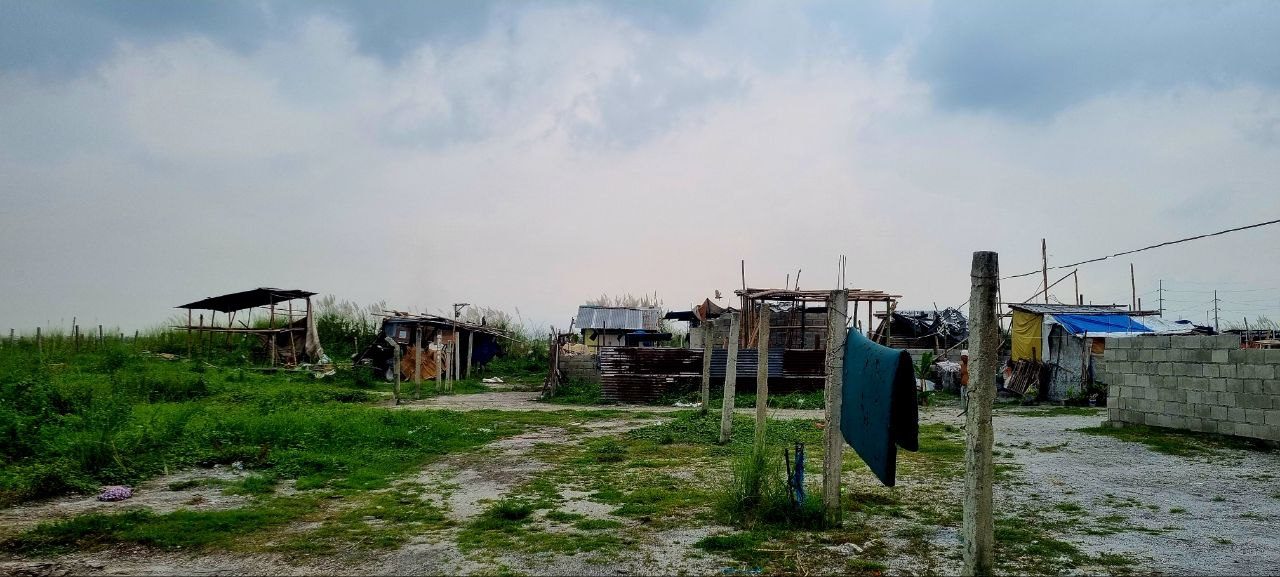
First of two parts
READ: Part 2 | Neglect, bigotry hound folk on the margins of rich Pampanga
PAMPANGA, Philippines – Rosalina Patombon and Analyn Ablong live in rural barrios in two different Pampanga cities hit hard by Super Typhoon Karding (Noru) on September 25.
Their experience as the howler rampaged through Central Luzon highlights how grassroots governance plays a key role in keeping communities safe, and how daily living conditions impact disaster risk reduction and management capacity.
Rosalina’s fear rose as quickly as the water level in the pond behind their village, Sitio Kapuso, in Barangay Mangalit, Mabalacat City.
Then in the dead of night, Rosalina told Rappler on September 28, their roof flew off as water entered the house.
Hearing the rush of water outside, Rosalina and her kin stayed put, grabbing at makeshift posts and clinging together as water rose to their knees, eventually stopping near their hips.

Sitio Kapuso is composed of 302 families of informal settlers displaced and then resettled by local real estate developer Hausland Development Corporation (HLDC) during a COVID-19 surge in 2021.
Residents knew a typhoon was coming. But in their remote village along the quarry sites near the boundary of Barangay Sapang Balen, there was nowhere to run for safety.
Their isolation was such that they didn’t even know which barangay they belonged to.
Rappler learned the sitio is under Barangay Mangalit’s jurisdiction when it researched the owner of the relocation land and interviewed officials of the City Social Welfare and Development Office (CSWDO) and the City Disaster Risk Reduction Management Office (CDRRMO).
But most residents think they belong to Barangay Sapang Balen since its government center is nearer their neighborhood. They have little contact with Mangalit officials.
No relief
Rosalina’s neighbor, Emerson Madayag, called up the CDRRMO to ask for transport aid hours before Karding hit full strength. The village is a 30-minute walk from the main road, on a rough, muddy stretch, surrounded by ditches and quarry runflow.
The CDRRMO told them to coordinate with Barangay Sapang Balen. They did, but got no reply, as the barangay captain may have been busy with his own constituents.
Sapang Balen village chief Gener Lagman, acknowledged as helpful by the community, wasn’t able to rescue Sitio Kapuso folk. But he arrived around 2 am, when the rain and wind had eased up. He contacted the CDRRMO immediately about their situation.
The CDRRMO came to check their area the morning after the typhoon and even posted about conditions in the village. But it did not provide relief aid.
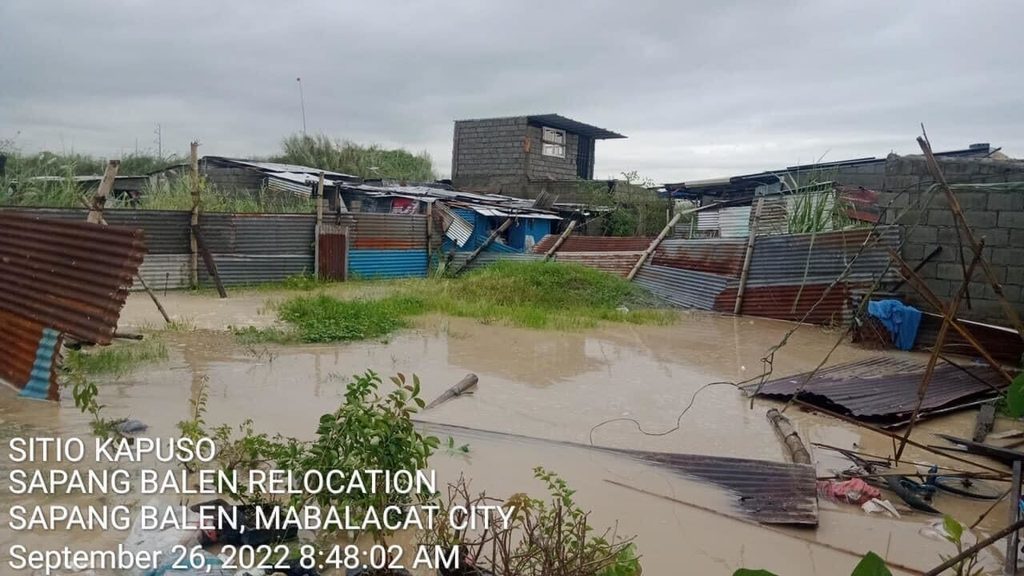
The settlers didn’t receive any relief from the city government because they didn’t evacuate the area, Mabalacat City Risk Reduction and Management Office chief Jeffrey Santos told Rappler on October 4.
Santos said it’s the call of the barangay captain. “Sila yung nagmo-monitor. Hindi kami, kasi wala kami sa lugar-lugar nila. So kapag may nakita silang delikado at kailangan ievacuate, sila ang magrereport. Mabilisan lang ‘yon,” said Santos. (They monitor, not us, since we’re not in the area. If they see danger and the need to evacuate, the response will be quick.)
It’s a classic chicken-and-egg situation, complicated by the fact that the CDRRMO doesn’t seem to know which barangay Sitio Kapuso belongs to.
Return to ancestral land
An hour’s drive from Sitio Kapuso, through the former US military base that is now the Clark Freeport Zone, Analyn Ablong lives in Sitio Target, Barangay Sapangbato, on the highlands of Angeles City, the independently administered capital of Pampanga.
Sitio Target and Sitio Kapuso are both an hour away from their city centers.
The Karding experience of these Pampanga villages shows that isolation isn’t just a matter of geography and distance.
In Sitio Target, Analyn’s family and 28 others from their Aeta community had help with preemptive evacuation hours before Karding swept across the province.
They got an early warning. The residents also have a standing agreement with the principal of the nearby Sitio Target elementary school to use its facilities as an evacuation area. Analyn acts as caretaker when teachers are not around.
“Bago kami pumunta doon, sinasabihan namin ‘yung principal para at least aware sila na meron din doon,” Analyn said. (Before we go there, we inform the principal just so they are aware that there are evacuees there.)

Sitio Target residents learned the lesson of disaster response the hard way.
“Actually noong nagkaroon ng bagyong malakas talaga, itong bahay namin natumba talaga ‘yan, nakalahati at nasira ito,” Analyn recalled. (When there was this really strong typhoon, our house really collapsed, only half of our house was left standing.)
It was just sheer luck that the family was in a hospital because of a relative’s serious illness.
Since then, residents of the village beside a big stream have always evacuated even before it starts to rain.
“Hindi na namin hinihintay na may masira bago kami lumikas. May nag-abiso na sa amin, kaya pumunta na kaming lahat sa eskuwela.” (We no longer wait for anything to get destroyed before fleeing. We were already advised about the typhoon so we all headed to the school.)
‘This is ours’
Life hasn’t always been that orderly for the Aetas of Angeles City.
Analyn and Purok leader Joseph David remember tough times.
After the 1991 eruption of Mt. Pinatubo, the government relocated the indigenous community to Nueva Ecija, where they barely eked out a living.
“Dito makakapagtanim ka ng kamote o ano man, mayroon kang maibebenta. Pero sa Nueva Ecija, matigas ang lupa doon. Makakapagtanim ka lang doon kung mayroon kang palayan,” said Joseph. (Here, you can plant camote or other crops, you have something to sell. The land in Nueva Ecija is hard. You can plant there only if you have rice land.)
The transplanted Aeta found themselves in debt just to survive. As they were practically strangers in the host community, they were at the bottom of the totem pole in terms of disaster management and aid.
They returned home after seven years, also partly because they heard a lowlander was trying to claim their ancestral land.
“May mga naririnig kami na may nag-aangkin dito sa lupa namin, kaya kami bumalik. Siyempre sa amin talaga ito,” said Analyn. (After seven years, we heard someone was claiming our land. Of course, this is ours.)
Quarry frontier
In Mabalacat, Rosalina’s family and neighbors also share the pain of transplants, describing their community as a frontier with hardly any sign of governance.
Where the 302 Sitio Kapuso families used to live, Hausland Development Corporation (HLDC) has projects in the pipeline, taking advantage of the urban sprawl of the 320.6-square-kilometer Clark Freeport Zone.
Now these families are bereft of power and water connections. Relocation has made their old jobs untenable. And every typhoon or even just sustained thunderstorms can bring floods.
The water body they call “the fishpond,” regularly overflows and covers their lots during the monsoon season.

Madayag said the area was once a fishing site before it was turned into a sugarcane plantation after a series of lahar flows following Mt. Pinatubo’s eruption. The lack of drainage and diversion of rainwater caused by quarries have carved out a deep pool.
Residents told Rappler they still get freshwater fish and shrimp from the pond. While they have doubts about the quality of the pond water, poverty forces them to eat or sell what they can catch.
Madayag said Hausland has always known that the pond water rises whenever it rains, but did not act on complaints.
Rappler reached HLDC legal counsel Amiel Ayson and another source privy to the history of the relocation site and the problems that beset it.
In a Viber message on October 5, Ayson said the fishpond is actually a catch basin of nearby quarries that have dumped silt on the drainage system of Sitio Kapuso, which is barely a year old.
“What the residents of the community actually see is the result of the numerous quarrying activities that have popped up over the years in the adjacent properties. They became basins for water. And according to our engineers, these nearby quarries are the cause of the water overflowing into the community,” he explained.
Who’s responsible?

On October 3, CSWDO chief Josie Tanglao told Rappler in a phone interview that Sitio Kapuso residents should have called the CDRRMO for evacuation help.
“Everyone who goes to the evacuation center gets served and we have reports,” she said.
But Kapuso folk did call the CDRRMO, only to be shunted off to a barangay that did not have jurisdiction over them. The village is under the jurisdiction of Mangalit, not Sapang Balen, according to HLDC documents.
Tanglao said the CDRRMO did not hand over aid because her office did not get a report that the residents needed assistance.
“If the CDRRMO reports aid requirements, we immediately issue a disaster family access report to the DSWD once we get specifics,” Tanglao said in a mix of Filipino and English.
CDRRMO’s Santos acknowledged that Sapang Balen barangay captain Lagman reported while he was still in Sitio Kapuso.
“Sabi nya malaki ang sira dun. Pumasok ‘yung tubig ‘ata, ewan ko. Pumasok ‘ata ‘yung tubig doon kung makikita mo dun sa may parang creek,” Santos told Rappler. (He said they suffered major damage. The water came in from the creek.)
Santos asked the barangay captain for a damage assessment.
“Tignan mo ‘yung sandbag para kung ano man, hindi na sila pasukan ng tubig. Sabi ko meron tayong mga sandbag para malagyan ‘yan sandbag,” he said. (Check if they need sandbags so that water doesn’t creep in; I said we have sandbags so we can give them some.)
Residents and even Hausland, however, said it will take more than sandbags to solve the problems of Sitio Kapuso. When the city government itself is confused about the issue of governance accountability, these transplants are in for a long wait. (READ: Part 2 | Neglect, bigotry hound folk on the margins of rich Pampanga) – Rappler.com
Add a comment
How does this make you feel?
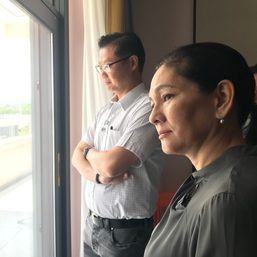

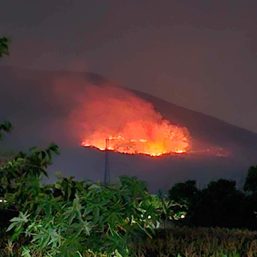
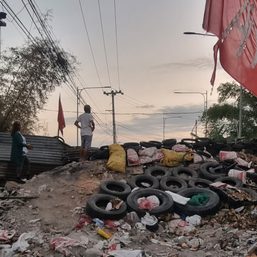

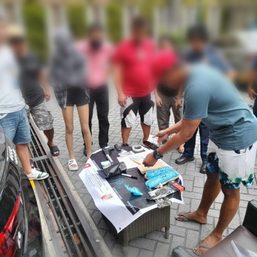
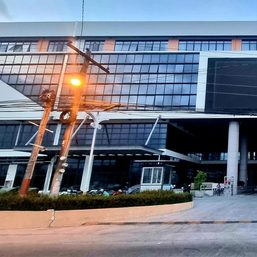
There are no comments yet. Add your comment to start the conversation.